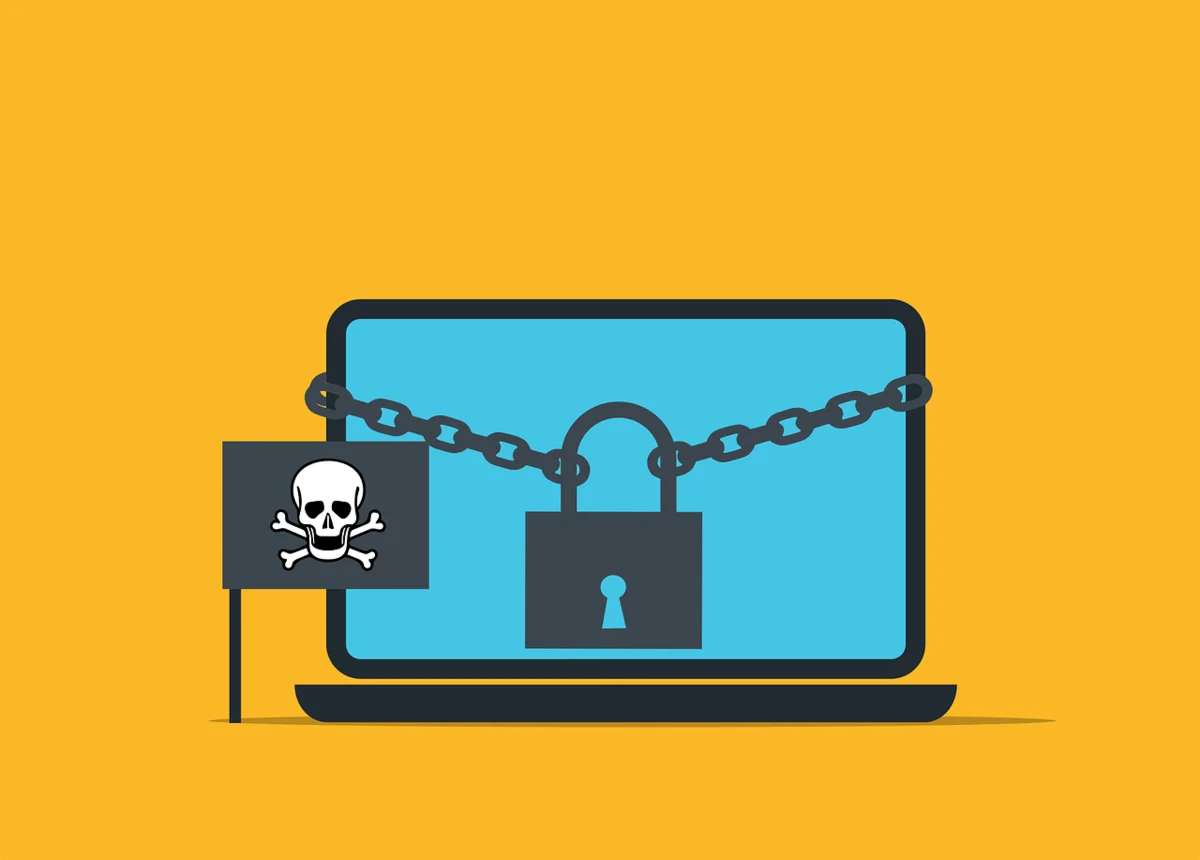Types of Online Identity Theft and Their Warning Signs
Many people hear the term “identity theft” and imagine a specific set of criminal behaviors: signing up for credit cards, filing fraudulent taxes, pilfering money from bank accounts and more. However, the truth is that there are many different types of identity theft, and many of them never involve activities like those commonly associated with the crime. Recognizing the signs of identity theft is an integral component of protecting oneself from the worst effects of the crime, so all users should become more familiar with every type of online identity theft, to include:
Payment Card Fraud
Easily the most famous type of ID theft, payment card fraud involves the use of debit or credit cards without authorization. Sometimes, this involves stealing the physical cards themselves, but more often, it means gaining access to card numbers or generating new payment cards using user information. Users should be diligent about checking their statements and credit reports for signs of this identity theft, and at the first hint of fraud, users should freeze their credit, cancel their cards and notify bureaus of the theft.
Account Takeover
Account takeovers occur when a cybercriminal gains access to a user’s account without their permission. With this access, cybercriminals can use stolen accounts as users would, assuming the user’s identity and performing various activities that may cause the user harm. For example, if a criminal has access to an online bank account, they may transfer money; if they have access to a social media account, they may make posts that confuse or scam friends and followers. Users who notice unusual or unfamiliar activity on their accounts should immediately change their account passwords.
Driver’s License Theft
A driver’s license is a treasure trove of personally identifiable information, as it contains an individual’s full name, birthday, address and more. Aside from stealing wallets, identity thieves can gain access to driver’s licenses through insecure messages that contain copies of this precious ID or through data breaches. Thus, users need to be careful to submit driver’s license info only through secure channels and to reputable organizations. It also might be worthwhile to invest in identity theft protection through a premium security suite, which will ensure comprehensive security of users’ most important information.
Online Shopping Fraud
Online shopping fraud is a large category of identity theft that can be perpetrated in various ways. Some criminals hack into ecommerce websites to pilfer customer information; other criminals steal user info when users are making purchases on public Wi-Fi networks; and other criminals still create fake ecommerce sites designed specifically to capture user information. In any case, users need to investigate the security of both network and website before making any kind of purchase online.
Social Security Number Theft
Perhaps even more valuable to users and identity thieves than driver’s licenses are social security numbers, which are essential tools for opening new accounts in a user’s name. Users should be careful to avoid sending their full social security number through insecure messaging services, like email, and they should avoid disclosing their SSNs unless absolutely necessary. In addition to checking credit reports religiously, users should pay attention to their mail to look for unfamiliar bills.
Tax Identity Theft
A surprisingly easy and endlessly frustrating form of identity theft involves criminals filing tax returns under a victim’s name to claim their refund. This form of identity theft is usually only possible after the theft of a social security number and other exceedingly sensitive information, but it can be among the most difficult for users to recover from. If a user finds that their tax return has already been filed during tax season, they should notify the IRS and credit bureaus immediately to limit damage.
Biometric ID Theft
Biometrics are biological measurements that can help identify an individual. More and more often, technology and personal accounts are using biometric tools, like fingerprint mapping, facial recognition and retina scans, to authenticate users’ identities, which means cybercriminals are becoming increasingly interested in stealing biometric data to perpetuate identity theft. Fortunately, biometric data is remarkably difficult for criminals to capture — outside of data leaks — so users do not need to worry about wearing gloves or face masks to prevent ID theft. Instead, users should try reduce their use of biometrics to trustworthy accounts only, so there are limited opportunities for hackers to access this useful information.
Identity theft can be a lucrative crime, and increasing numbers of cybercriminals are eager to reap the benefits of stolen user data in various ways. Users must be vigilant about their personal information to avoid identity theft into the future.




